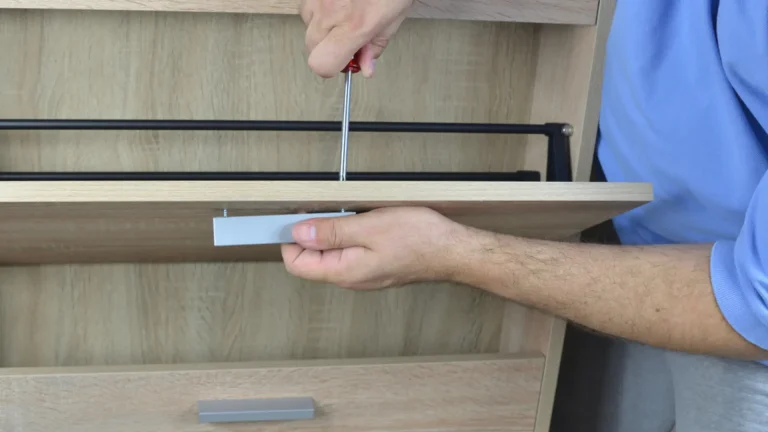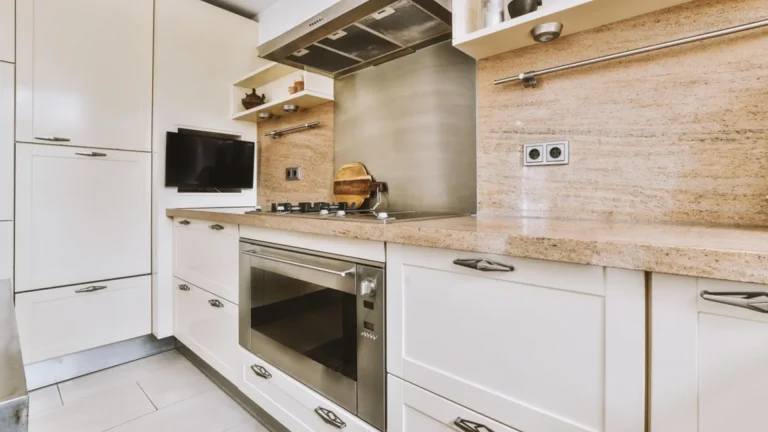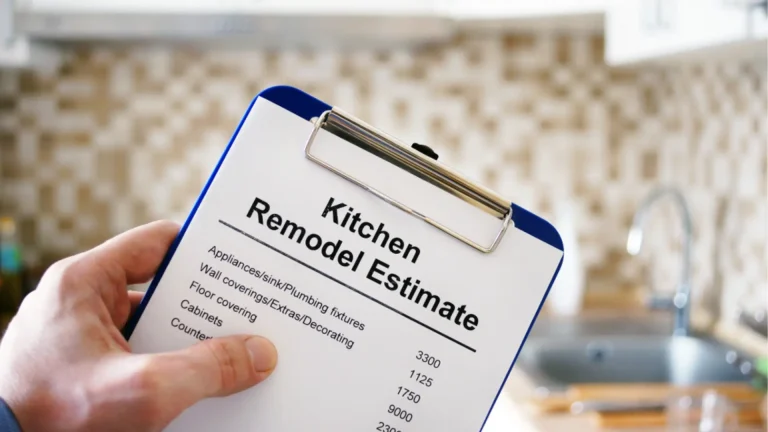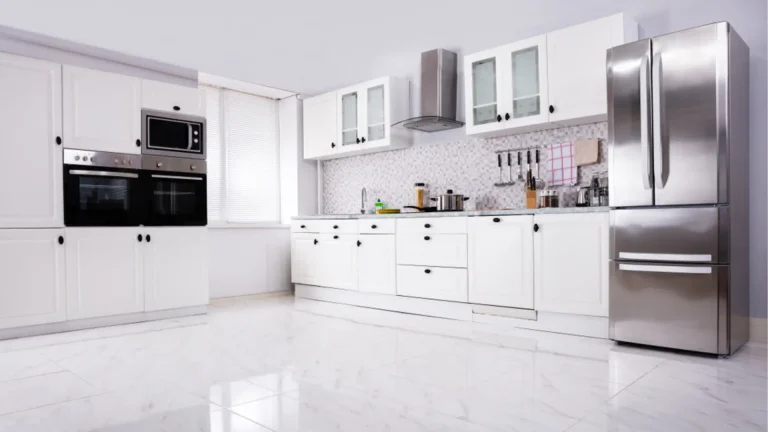What Comes First When Remodeling a Kitchen? – Step-by-Step [2024]

The kitchen, often the heart of any home, is where families gather, meals are prepared, and memories are made. Remodeling your kitchen can not only enhance its functionality and aesthetic appeal but also significantly increase the value of your home. However, the complexity of a kitchen remodel can be daunting. Knowing where to start is crucial for a smooth and successful renovation.
This guide will navigate you through the essential steps of kitchen remodeling, ensuring you kick off your project on the right foot.
The First Step When Remodeling a Kitchen: Planning
Planning: The Cornerstone of Kitchen Remodeling
The journey to your dream kitchen begins with thorough planning. This foundational step involves setting a realistic budget, defining the scope of your remodel, and establishing a project timeline. Planning also requires you to dive into design research, where you’ll decide on the style, functionality, and layout that best suits your needs and preferences. A well-laid plan serves as a roadmap, guiding every decision and action throughout the remodeling process.
A Complete Steps-by-Step Kitchen Remodeling
Hire a Contractor
Finding and hiring the right contractor is paramount. A skilled contractor brings invaluable expertise in design, structural changes, and project management. They ensure your vision is feasible and your plan executable. When selecting a contractor, diligence is key—verify their credentials, review their portfolio, and discuss your project in detail to ensure they’re a good match for your needs and expectations.
Kitchen Demolition
Demolition marks the beginning of physical work, clearing out the old to make way for the new. While it might seem straightforward, demolition requires careful planning to avoid damaging structures or systems intended to stay. It also presents an opportunity to uncover hidden issues, such as outdated wiring or plumbing, that could affect your project’s timeline and budget.
Kitchen Rough-In: Framing and Plumbing
Following demolition, the kitchen’s framing and plumbing are addressed. This phase lays the groundwork for the kitchen’s structure and functionality, including any new layouts, windows, or doors, and prepares for electrical work and lighting installation. It’s a critical step where precision matters, setting the stage for the subsequent phases of your remodel.
Finishing of Walls
With the rough-in work complete, attention turns to the walls. This step involves installing drywall, painting, or applying other finishes, transforming the space visually. Choosing durable and easy-to-maintain materials can ensure your kitchen not only looks beautiful but also withstands the test of time.
Install New Flooring
Flooring choices significantly impact the kitchen’s look and feel. This step should be timed to minimize damage from ongoing work. Selecting the right flooring involves balancing aesthetics with practical considerations such as durability, maintenance, and comfort.
Cabinets & Countertops Installation
Cabinets and countertops are next, bringing your kitchen’s design into sharper focus. This stage is exciting, as the space begins to resemble the envisioned final product. Considerations include material quality, storage needs, and how the cabinets and countertops integrate with appliances and the overall kitchen layout.
Kitchen Appliance Installation
Appliance installation is a pivotal moment in the remodeling process. Precision is crucial, as appliances need to fit seamlessly within the newly established layout. Choosing energy-efficient appliances that match your lifestyle and kitchen’s aesthetic can enhance both functionality and design.
Plumbing & Electric Installation
The installation of plumbing fixtures and electrical components is one of the final steps. This phase requires careful planning and professional execution to ensure that all elements are correctly installed, functional, and compliant with local building codes.
FAQs
Conclusion
Understanding what comes first when remodeling a kitchen can demystify the process, making your project more manageable and less stressful. Starting with a solid plan and proceeding through each phase with care and attention ensures that your kitchen remodel will not only meet but exceed your expectations. Embark on your kitchen remodeling journey with confidence, knowing that a well-planned project is the key to transforming your kitchen into the heart of your home.






